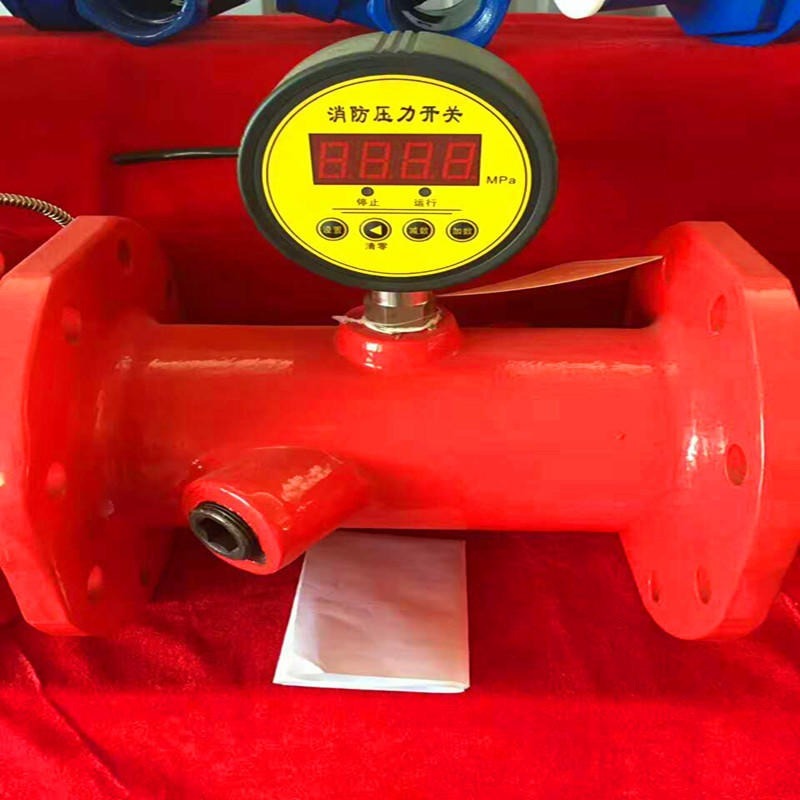How to choose between a lug butterfly valve and a wafer butterfly valve
2024-11-20

In a chemical plant project, the client emphasized the issue of butterfly valves. In industrial fluid control systems, butterfly valves, as an important type of valve, are widely used due to their compact structure, simple operation, and low fluid resistance. As two main forms of butterfly valves, wafer butterfly valves and lug butterfly valves each have unique characteristics and application scenarios. This article will analyze the characteristics of these two types of butterfly valves from multiple dimensions to provide engineers with a reference for selection.
I. Comparison of Basic Characteristics
Wafer butterfly valves typically consist of a valve body, valve disc, sealing ring, valve stem, and actuator. Their structure is simple, they are small and lightweight, and easy to install and maintain. Wafer butterfly valves connect to two pipe flanges via double-ended bolts, suitable for small and medium-sized pipe connections. Lug butterfly valves use a lug-type connection, making installation faster and simpler, especially suitable for occasions requiring frequent disassembly and cleaning. Lug butterfly valves are commonly used in the food, pharmaceutical, and chemical industries, and the use of silicone sealing rings provides good sealing and hygiene.
II. Connection Methods
Wafer butterfly valves connect by bolting the valve between two flanges. This connection method makes installation and removal relatively simple, but care must be taken to protect the sealing surface to prevent damage during installation. Lug butterfly valves use a lug and rubber sealing ring for quick connection and sealing. This connection method is ideal for situations requiring frequent disassembly and cleaning, such as in food processing and the pharmaceutical industry.
III. Application Scenarios
Due to their structural characteristics, wafer butterfly valves are more suitable for controlling general media such as water, HVAC systems, chemicals, petroleum, and natural gas, especially in small and medium-sized pipe systems for municipal water supply and building heating. Lug butterfly valves, due to their quick installation and removal features and good sealing performance, are particularly suitable for industries with high hygiene requirements, such as food processing, pharmaceuticals, and bioengineering. Gaote Valve's partner recruitment plan is ongoing. If you have good connections in your local area or an industrial park, welcome to become our partner for mutual benefit.
IV. Materials and Sealability
When selecting butterfly valves, the choice of valve body and sealing materials is crucial. Both wafer and lug butterfly valves can select appropriate materials based on the characteristics of the medium. Wafer butterfly valve bodies are typically made of cast iron, carbon steel, or stainless steel, with sealing surfaces made of rubber, PTFE, etc. Wafer butterfly valves have stable sealing performance, and maintenance and seal replacement are relatively simple. Lug butterfly valves typically use stainless steel valve bodies and silicone sealing rings. This combination ensures good corrosion resistance and meets the hygiene requirements of the food and pharmaceutical industries.
V. Operating Methods
Wafer butterfly valves can be equipped with various actuators such as manual, electric, and pneumatic to meet different control needs. Lug butterfly valves can also be equipped with various actuators, but their quick installation feature is more suitable for manual or pneumatic operation.
VI. Cost-Benefit Analysis
Due to their simple structure, wafer butterfly valves have relatively low manufacturing costs, suitable for cost-sensitive projects. Although lug butterfly valves may have slightly higher initial installation costs, their quick installation and good sealing performance reduce maintenance frequency and costs, potentially offering greater economic benefits in the long run.
VII. Maintenance and Reliability
Wafer butterfly valves are relatively easy to maintain, but regular inspection of the sealing surface for wear and timely replacement of seals are necessary. Lug butterfly valves are also relatively easy to maintain, especially the replacement of silicone sealing rings is quicker.
Conclusion
Wafer and lug butterfly valves each have their advantages. Selection requires considering the application scenario, medium characteristics, operating conditions, cost budget, and maintenance requirements. Wafer butterfly valves, with their simple structure and good sealing performance, are suitable for various operating conditions, while lug butterfly valves, with their quick installation and removal features, are particularly suitable for industries with high hygiene requirements. With proper selection and installation, both types of butterfly valves can provide users with reliable fluid control solutions. Choosing a professional valve team usually yields the best results. As a well-known domestic valve brand, Gaote Group adheres to professional technical guidance, high-end technical support, and perfect after-sales service to provide you with one-stop purchasing needs.
Next:
Contact Us
Email:
Tel/WeChat:
Address:
Chenggong Development Zone, Ximei Street, Nan'an City, Quanzhou City, Fujian Province









